Telehealth, or telemedicine, has been around for years, but patients usually choose in-person visits. At least, they did until recently.
A report by the U.S. Department of Health and Human Services (HHS) revealed that in February of 2020, telemedicine visits accounted for only 0.1 percent of Medicare primary care appointments, but by April that number had skyrocketed to 43.5 percent. Why did telemedicine suddenly explode in popularity?
The current public health emergency has made telemedicine a safer way to treat patients because they can get the treatment they need without exposing themselves to COVID-19. However, it has also left some medical professionals scrambling to figure out how to document telemedicine visits. Let’s examine what documentation telemedicine requires and why you need to document your virtual visits.
Legal regulations may have been relaxed, but documentation is still necessary
Telemedicine is normally governed by strict regulations. However, due to concerns about COVID-19 spreading through hospitals and clinics, many healthcare providers have had to set up telemedicine services very quickly. To help healthcare organizations offer telemedicine options, the Centers for Medicare and Medicaid Services (CMS) has relaxed telemedicine regulations during the COVID-19 pandemic.
These relaxed regulations don’t extend to your documentation, though. Since most documentation ensures that you can improve patient care and that your patients get the right care in the future, you need to document telemedicine visits even if legal regulations are lifted.
While providing better patient care is an important reason to document telehealth visits, billing is another reason to document your virtual appointments. Insurance companies typically need a record of the services and care you’ve provided through a telehealth visit before they’ll reimburse your organization. This means you have to document the important details of your telehealth visits to ensure that you get compensation from insurance companies.
As we’ve seen, even when documentation isn’t legally required, there are still plenty of reasons to document telemedicine visits. In fact, documenting your virtual visits can even improve your own effectiveness as a healthcare provider. So how can you properly document telemedicine visits?
The right documentation improves your telemedicine care

While it’s just as important to take careful notes for virtual visits as it is for physical visits, some of the information you need to keep track of isn’t the same. You have to adapt some of your documentation to telemedicine’s unique requirements. Here are some things you need to document for telemedicine visits:
- How did you conduct the telemedicine visit? Specify which service you used for the visit. For example, you may have used a HIPAA-friendly video conferencing service, such as Zoom.
- When did the appointment start, and when did it end? This is important not only for billing purposes but also for measuring the quality of your telemedicine services. If you’re frequently exceeding your allotted time, you need either to adjust your approach to telemedicine visits or lengthen your appointment slots.
- Where was the patient located during the visit? An important legal distinction is that the appointment actually takes place where the patient is located, even though the visit is virtual. So if the patient is in a state where a medical professional isn’t licensed to practice, the provider will run into legal problems. Keep in mind that you’ll also be under the reimbursement laws for the state your patient is in, not where you are.
- Where was the medical professional located? As mentioned above, medical professionals need to make note of where they are so they know if they are practicing medicine across state lines.
- Document your regular patient notes. With all the work involved in setting up the video and audio for telemedicine, you may forget to add the patient notes you normally take.
- Include any documentation required by your state. Each state has its own legal requirements for telemedicine, so make sure you research what your state requires for documentation.
Just as you need to adapt your tools and equipment to telemedicine visits, you also have to adapt your documentation to telemedicine. By adding this information to your documentation, you’ll be able to provide better patient care in the future.
Did you fill out the document I sent you?
Telemedicine has exploded in popularity during the current pandemic, which means medical professionals need to know how to document these visits. Effectively recording appointments and patient data can improve the quality of telemedicine visits for your patients and your organization.
At Jotform, our HIPAA-friendly online forms can help you document your patient information. Using these online forms enables you to collect the information you need to treat your patients and fulfill telemedicine’s documentation regulations.









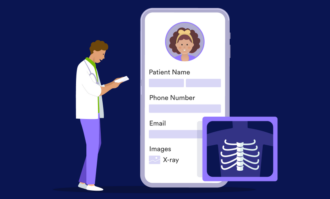








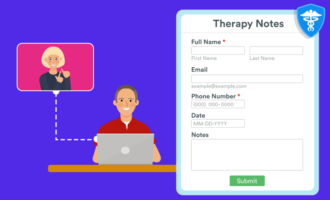



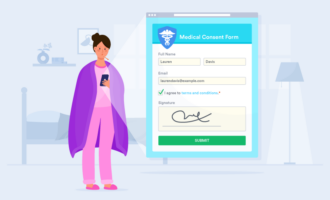



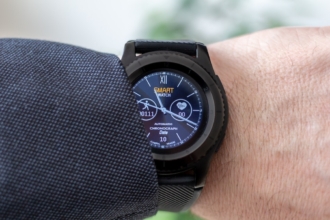
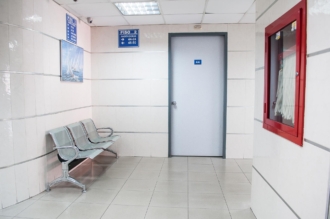










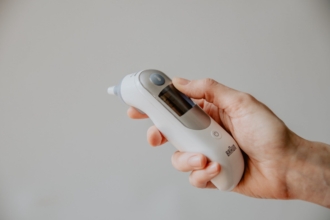



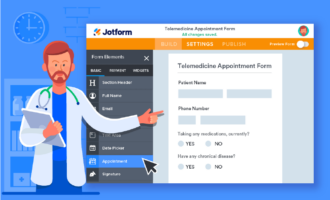

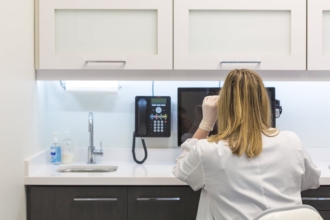



Send Comment: